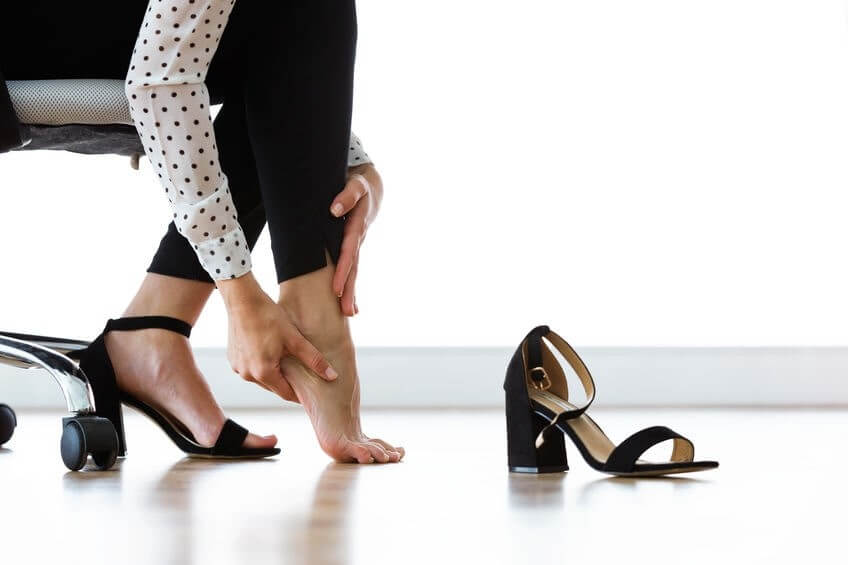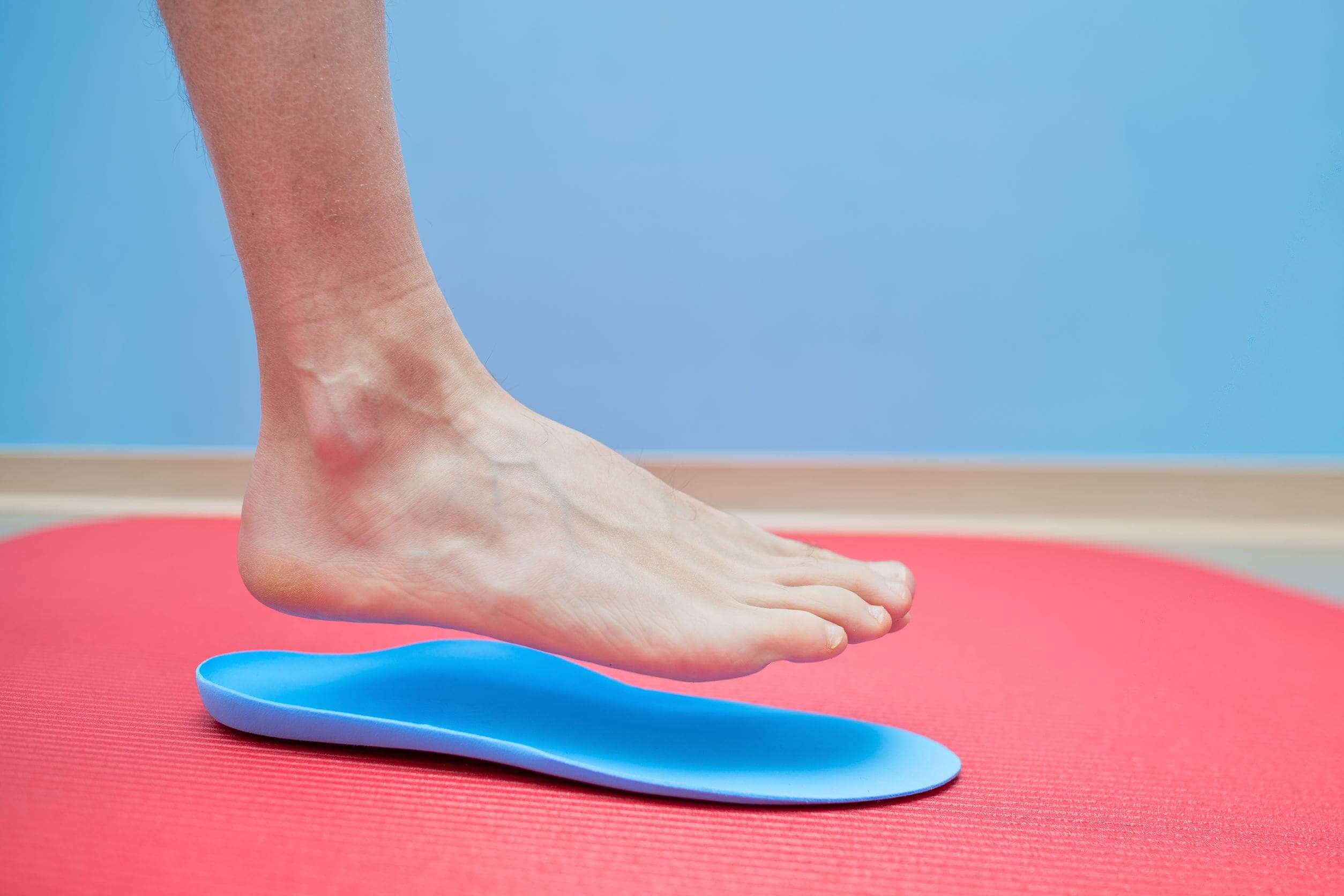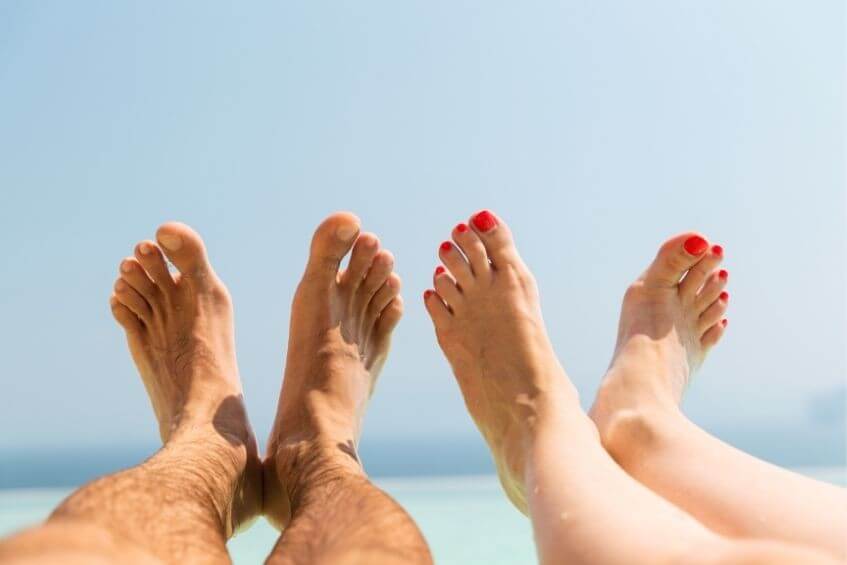
Jump to section
A blister is a small fluid-filled sac that looks like a bubble on your skin.
Blisters develop as a result of your skin rubbing against another surface, like the inside of your shoe. These shear forces cause the thin layers of your skin to separate, and the body then fills this gap with fluid, forming the sac that you’ll know well as a blister.
Interestingly, blisters are actually a defensive response to protect the skin beneath from further damage. Blisters are often painful and can make walking in certain footwear uncomfortable until the blister has healed.
Blisters are very common and can affect anyone, adults and children alike. We often see blisters in those who have worn brand-new shoes for long periods without ‘breaking them in’ or those who choose tight or narrow shoes or damp socks.
When the skin of the feet continually rubs against a shoe, sock or a hard or rough surface, it irritates the skin in the area and causes the skin layers to separate. Your body fills the space with fluid, and your blister has formed.
The friction that causes the skin layers to separate and blisters to form could be caused by a range of factors, including:
We do not recommend popping your blister as this will cause you more pain and leave the wound open to bacteria and infection. Instead, cover your blister with a band-aid or bigger dressing that covers the entire blister and leave it to heal itself. It will usually resolve in a few days once it is covered and the source of friction has been removed. Eventually, the fluid beneath the skin will be reabsorbed by the body and disappear.
It is also important that you remove the cause of friction once the blister has formed. This will allow the painful skin to heal and recover. Yes, that means putting aside those brand new shoes until your blister heals. If your blister does pop, try not to remove the dead skin on top and wash the area gently with water and antiseptic wipes or Betadine. Then, cover with a gauze or a sterile dry bandage that can protect it from further trauma until the fragile skin has healed.
Unless your blister is particularly severe, most blisters will heal without the need to see your doctor or podiatrist. If your blister requires further treatment, we can help by:
If you do not remove the cause of friction, a number of things could occur:
There are several approaches you can take to prevent friction blisters.
There are a number of other common conditions that have similar symptoms to a friction blister. It's important to know these so they are not missed, and if you suspect one of these conditions, it is recommended you visit our clinic or your general practitioner for a second opinion.

If you are injured and experiencing heel pain, the first thing you should do is look at your activity levels and modify them if needed.
Follow these three simple rules to help manage your heel pain

Not everyone needs orthotics, but they can play an integral role in treating or relieving pain in several foot and lower limb conditions.

The heat and humidity of an Australian summer makes it a prime time for issues to arise, so our newest podiatrist Lucy has put together
seven helpful tips to keep your feet healthy and problem free throughout summer.
| Monday | 7:40am - 6:00pm |
| Tuesday | 7:40am - 6:00pm |
| Wednesday | 7:40am - 6:00pm |
| Thursday |
7:40am - 6:00pm |
| Friday | TEMP CLOSED |
| Saturday | CLOSED |
| Sunday | CLOSED |
Ground Floor, 344 Queen Street,
Brisbane City QLD 4000
| Monday | 7:40am - 6:00pm |
| Tuesday | 7:40am - 6:00pm |
| Wednesday | 7:40am - 6:00pm |
| Thursday |
7:40am - 6:30pm |
| Friday | 7:40am - 5:00pm |
| Saturday | 7:40am - 4:30pm |
| Sunday | CLOSED |
Newmarket Village, 114/400 Newmarket Rd, Newmarket QLD 4051